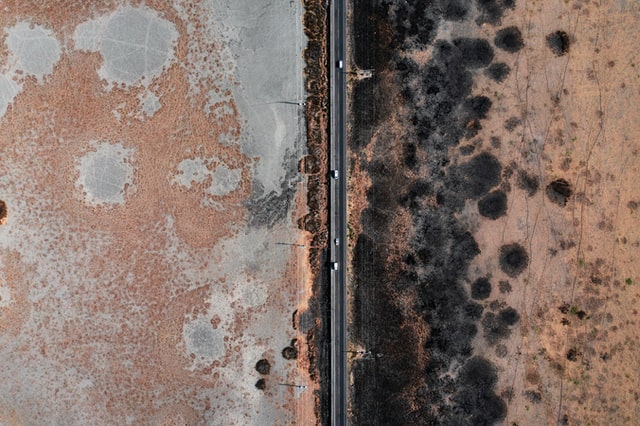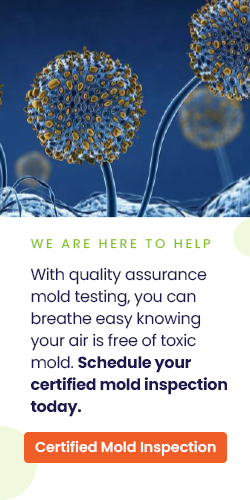Toxic mold can impact your health in many ways. We’re so used to seeing toxic mold in our shower stalls and basements that it’s easy to view this organic matter as nothing more than an unsightly nuisance. However, research has revealed that while some forms of mold are fairly benign (beyond being a common allergen), others can be highly toxic. While exposure to mold will not usually cause sudden death, its cumulative effects can be dangerous, debilitating, and in some cases, even fatal. Here’s what you need to know about toxic mold:
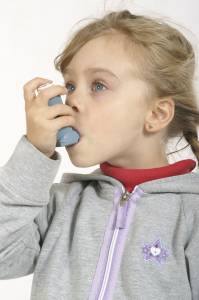
The Allergenic Impact of Toxic Mold
As alluded to above, many people experience an allergic reaction to virtually all kinds of toxic mold. According to the CDC, people who are sensitive to mold can experience all of the following symptoms:
- Chronic rhinitis (severe nasal stuffiness and runny nose)
- Throat irritation
- Coughing or wheezing
- Eye irritation
- Skin irritation (including chronic eczema) [1]
While these issues don’t sound particularly risky, sustained allergic reactions can gradually result in the development of more hazardous conditions. Over time, the irritation associated with rhinitis and frequent coughing harms the sufferer’s delicate mucus membranes. This can lead to recurrent infections of the lungs, sinuses, and ears. Chronic allergic reactions have also been linked to a higher incidence of migraine headaches.[2]
Toxic Mold and Bronchial Problems
Exposure to toxic mold has been linked to a wide array of different issues with the lungs. First and foremost, mold is a known trigger for severe asthma attacks in both adults and children. According to a review published in the Journal of Environmental and Public Health, mold directly contributes to a burden of $15.1 billion dollars spent on asthma morbidity in the United States every year. (Valuing the Economic Costs of Allergic Rhinitis, Acute Bronchitis, and Asthma from Exposure to Indoor Dampness and Mold in the US, 2015.) As stated in this report, people are 40% more likely to experience asthma symptoms when living in a damp and moldy building.
Bleach Effectiveness Questioned after Hurricanes Harvey and Irma
Furthermore, because mold irritates the bronchi and the tiny bronchioles in the lungs, mold exposure often leads to the development of chronic bronchitis. Some individuals also develop pneumonia, a painful and potentially fatal lung illness, as a direct result of breathing in mold spores. This occurs because mold particles are often so minute that they cannot be expelled by coughing; as such, they become lodged deep in the lungs, where they damage tissue and cause infection.[3] Symptoms of pneumonia include fever, shortness of breath, coughing, and chest pain. If you live in a home or apartment that is infested with mold and you develop a high fever and cough, it’s essential that you seek emergency medical care. Untreated pneumonia can be fatal, especially in children, elderly people, and people with compromised immune systems. Even young, otherwise healthy individuals have died as a result of mold-related pneumonia, as the famous case of celebrity Brittany Murphy and her husband, Simon Monjak, tragically demonstrated.
Black Mold
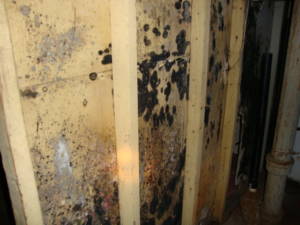
More worrying still for parents, toxic black mold (Stachybotrys chartarum), which typically grows on water-damaged cellulose-rich building materials (like wood and cardboard), has also been linked to another form of fatal respiratory illness in children. In 1994, toxic black mold was implicated as a cause of pulmonary haemosiderosis (bleeding from the lung) after ten children fell ill in Ohio. One of these children died as a result of their illness. While researchers felt that it was difficult to isolate black mold as the sole cause of the illness these children experienced, exposure to toxic black mold was the one unifying factor all of the children had in common before falling ill.[4]
Toxic Mold Will Plague Texans After Harvey
Skin Infections and Toxic Mold Exposure
In addition to contributing to the development of uncomfortable skin conditions like eczema and dermatitis, mold can cause damaging skin infections. When certain types of molds enter the skin through a puncture wound or scratch, they can cause an infection known as sporotrichosis. For many people, sporotrichosis results in the formation of painless but unsightly red, firm nodules on the skin. These nodules sometimes develop open sores (ulcers) that do not heal without medical intervention and lengthy treatment. These ulcers leave the skin vulnerable to much more dangerous secondary infections, like cellulitis.
According to WebMD, sporotrichosis can become systemic (and therefore life-threatening): “In very rare cases, the infection can spread to other parts of the body, such as the bones, joints, lungs, and brain. This is more common among those with a weakened immune system. It can be difficult to treat and may be life threatening.”[5]
Physical and Neurological Symptoms Related to Toxic Mold Exposure
Some varieties of mold, such as toxic black mold, contributes to a range of troubling physical and neurological conditions. Mold exposure has been implicated in cases of chronic anxiety and depression. For example, and it’s a notorious cause of “brain fog” (episodes of inexplicable cognitive impairment and reduce memory function). “Black mold sickness,” as it is sometimes called, leads to chronic fatigue and joint pain.[6] It has even been suggested that habitual mold exposure may be a factor in the development of chronic fatigue syndrome and fibromyalgia, though a direct cause and effect relationship has not yet been established.
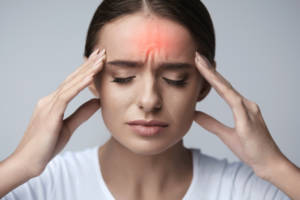
Clearly, mold is much more than a smelly, unattractive organic pest that sometimes leads to substantial property damage (though it is certainly also adept at destabilizing built structures). Mold exposure can cause significant health problems, both acute and chronic in nature. If you believe that your home may be infested with mold, call IndoorDoctor to schedule an inspection as soon as possible. Only a professional who is trained in mold remediation can properly mitigate the threat mold poses to you.
[1] Facts About Mold and Dampness. The CDC, 2017. https://www.cdc.gov/mold/dampness_facts.htm
[2] What are Allergies? Everyday Health. https://www.everydayhealth.com/allergies/guide/
[3] Mold in Lungs. Mold Answers. https://www.mold-answers.com/mold-in-lungs.html
[4] Health Check: how does household mould affect your health? The Conversation, 2015. http://theconversation.com/health-check-how-does-household-mould-affect-your-health-48341
[5] Sporotrichosis. WebMD. https://www.webmd.com/skin-problems-and-treatments/guide/sporotrichosis#1
[6] Black mold sickness. Mold Answers, https://www.mold-answers.com/black-mold-sickness.html



